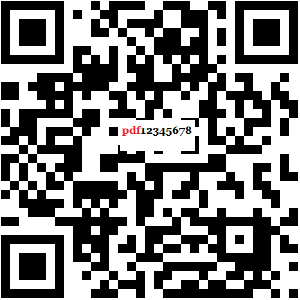PDF technology: exploring a convenient world of electronic documents
2023-11-25
PDF (Portable Document Format) technology, as a universal electronic document format, has become indispensable in modern society. It not only provides a cross platform and cross device document exchange method, but also plays an important role in business, academic, and personal life. This article will provide an in-depth introduction to PDF technology, the characteristics of PDF documents, and the related content of processing PDF files. At the same time, we will share our views and understanding of PDF.
Introduction to PDF Technology
PDF technology was introduced by Adobe in 1993 with the aim of creating a standard that facilitates document exchange. The uniqueness of this format lies in its portability - that is, the presentation of documents remains consistent on any operating system or device. This makes PDF one of the widely accepted electronic document standards in the industry.
The characteristics of PDF documents
1. Cross platform: PDF documents can be seamlessly viewed on different operating systems (Windows, MacOS, Linux) without worrying about compatibility issues.
2. Keep the original format: PDF documents can accurately present the format, font, graphics, etc. of the original document, ensuring the accuracy of the content.
3. Security: PDF supports security measures such as document encryption and digital signatures to ensure the security of documents during transmission and storage.
4. Interactivity: PDF documents can contain rich content such as forms, hyperlinks, multimedia, etc., providing a richer user experience.
5. Printing consistency: PDF documents can maintain consistent printing results on different printing devices, ensuring high-quality output in all situations.
PDF file processing
1. Create PDF document: Using a PDF editor or online tools, users can convert various formats of documents (Word, Excel, images, etc.) to PDF format.
2. Editing and Annotation: The PDF editor allows users to edit, add annotations, mark important content to documents, and improve collaboration efficiency.
3. Splitting and merging: PDF tools can easily split a large PDF document or merge multiple small documents into one.
4. Conversion: Convert PDF documents to other formats such as Word and Excel for further editing and use.
5. Compression: With PDF compression tools, users can reduce the size of PDF files for convenient storage and sharing.
My views and understanding of PDF
The development of PDF technology has enabled electronic documents to be widely disseminated and applied in the information age. The convenience and consistency of PDF documents make them an indispensable tool in work and study. However, with the continuous development of technology, we have also seen a demand for more advanced PDF technology, such as better mobile device adaptability and more advanced security measures.
Overall, PDF technology provides us with a reliable, convenient, and efficient way of document communication, driving the development of the digital age.
By gaining a deeper understanding of PDF technology, we can better utilize its powerful capabilities, improve work efficiency, and achieve the digital transformation of document management. I hope that in the future, PDF technology can continue to innovate and meet the growing needs of users in electronic document processing.
